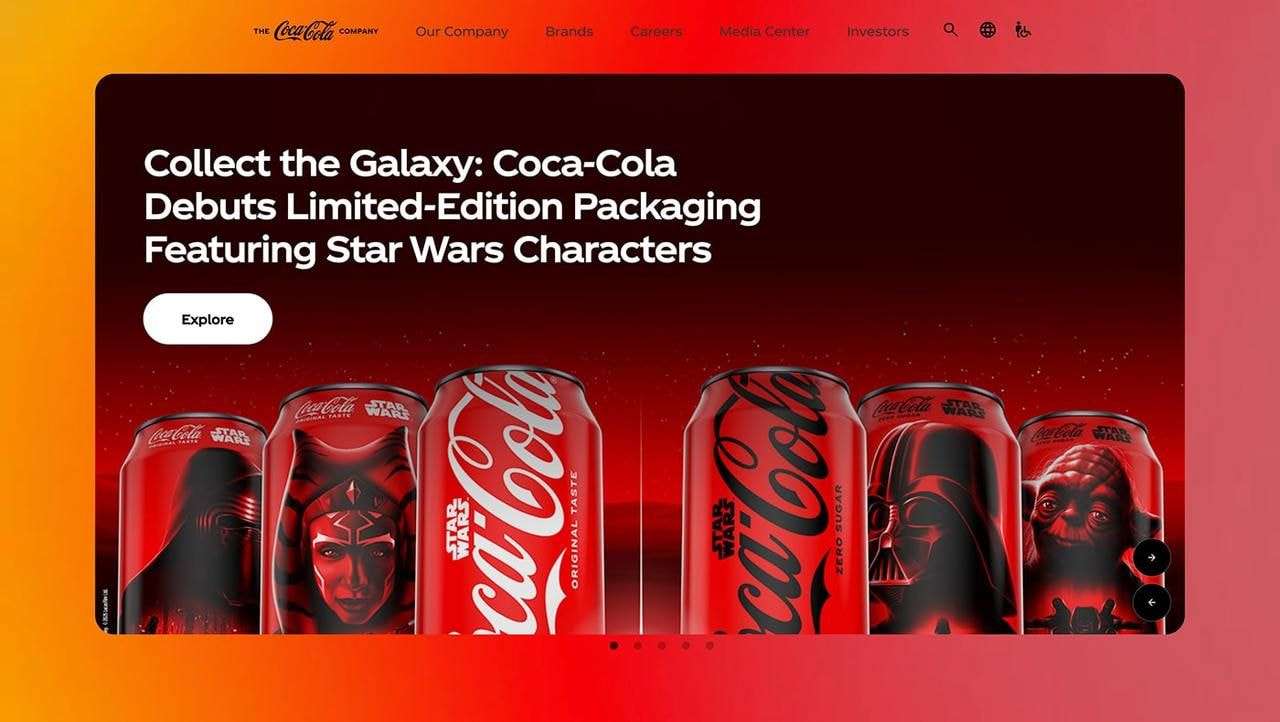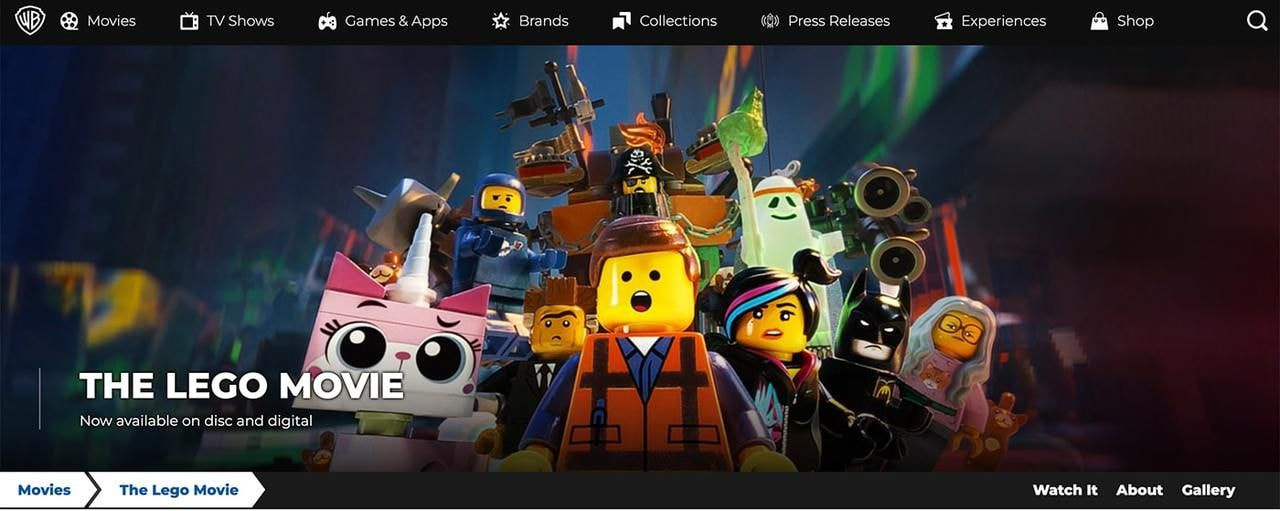What Is Brand Marketing? How to Build a Lasting Brand That Drives Growth
July 23, 2025 | by deven.khatri@gmail.com

Brand marketing promotes your business’s identity—mission, values, and personality—to build brand awareness, trust, and loyalty. Unlike performance marketing (focuses on immediate sales), brand marketing is about the bigger picture: how your target market perceives and connects with your brand emotionally.
A successful brand marketing strategy tells your brand’s story, delivers consistent messaging, and builds brand recognition. It’s not just logos and color palettes; it’s about how people feel when they encounter your brand’s products or marketing materials.
To grow, you need more than a good product. You need a strong brand people remember and trust.
Brand marketing vs. branding: key differences

Branding and brand marketing are closely linked, but they serve different purposes.
Branding focuses on the brand identity: the logo, color palette, typography, and tone of voice. It shapes how your business looks, sounds, and feels.
Start by defining your brand’s mission, values, and brand positioning. That outlines what your brand does, who it serves, and how it fulfills its brand promise. Key types of brand marketing include:
-
Corporate branding: shapes the overall company image
-
Product branding: promotes individual offerings
-
Service branding: tailored for service-driven businesses
-
Personal branding: builds the reputation and visibility of individuals
Document all these brand features in your brand guidelines. Paired with brand assets, guidelines give marketers easy access to approved logos, fonts, imagery, and other materials—ensuring consistent brand management.
Brand marketing actively promotes your brand identity to your target audience. Through a strong brand marketing strategy, content creation, digital ads, and social media engagement, you bring your brand’s message to life.
Branding is the internal structure, and brand marketing is the external expression. Branding tells people who you are, while marketing your brand shows them why they should care. Together, they drive brand awareness, loyalty, and long-term success.
|
Branding |
Brand Marketing |
|
Defines how a brand looks, sounds, and feels |
Promotes brand identity to the target audience |
|
Focuses on visuals, tone of voice, and positioning |
Focuses on messaging, storytelling, and emotional connection |
|
Internal-facing: shapes brand guidelines and assets |
External-facing: drives engagement across marketing channels |
|
Usually led by brand/design teams |
Usually led by marketing teams |
|
Typically done before launch, with occasional updates |
Ongoing, evolves with campaigns and audience growth |
|
Builds identity and consistency |
Builds brand loyalty, awareness, and trust |
|
One-time foundation (with updates) |
Continuous strategic effort |
|
Supports clear, consistent expression |
Converts identity into visibility and impact |
Why is brand marketing important for your business?
Brand marketing matters because it grows more than attention—it earns lasting trust and loyalty from your target audience.
Recognition and awareness
Recognition and brand awareness are the first steps to building a strong business. If people don’t know you exist, they can’t buy from you. Brand marketing makes your business visible in a crowded market, making it easier for your target audience to notice, remember, and trust you.
Through consistent brand marketing efforts, like your logo, colors, and tone of voice, you create a memorable brand perception. To develop a consistent brand identity, first define your purpose, come up with a brand name, conduct market research, craft an authentic brand story, analyze competitors, and establish clear guidelines to ensure brand consistency across all marketing channels.

Source: Coca-Cola
Coca-Cola is a classic example. They’ve built unmatched brand awareness through consistently using their red color, iconic logo, and timeless messaging. Decades of brand marketing campaigns show how recognition fuels customer loyalty and long-term success.
The more familiar customers become with your brand’s story, the more likely they are to choose your products or services over others. Thoughtful brand marketing enhances brand awareness and familiarity, ensuring long-term growth.
Trust and credibility
Trust and credibility convert customers into loyal fans. Branding starts with a consistent identity, your visuals, brand voice, and messaging working together across platforms. A unified image in your ads, website, and marketing materials builds confidence in your business.
For example, Patagonia is an authentic brand that’s built exceptional trust and credibility by aligning brand messaging with strong environmental values. Their mission is: We’re in business to save our home planet. It’s become a key part of their brand story, and clients love it.
A reliable brand that stays clear and consistent eliminates doubt and builds emotional trust, making it easier for people to choose you over competitors. In the long run, trust drives stronger engagement and deepens customer relationships.
If you’re investing in online marketing, maintaining credibility through consistent branding will amplify the success of your marketing campaigns and loyalty efforts.
Stand out in a crowded market
A solid brand marketing strategy defines and communicates what makes your business unique, ensuring you’re not just another option but the preferred choice. Whether it’s a bold slogan, relatable values, or standout products, consistent brand campaigns turn distinction into a competitive edge.
When you do market research and understand your potential clients, you can precisely tailor your messaging. Combine that with storytelling, social media ads, and videos to increase reach and build an emotional connection.

Source: Colgate
A great example is Colgate, which has consistently aligned its brand campaigns with trust and health. By focusing on family care and oral hygiene education in its advertising, Colgate has been dominating the market for decades. Their slogans, like There’s no smile like yours and World of Care, and smart use of digital marketing platforms, help Colgate stay relevant and trusted.
Successful brands like Colgate show that with the right strategy, you don’t just sell a product, you create lasting value and enhance brand recall.
Meaningful customer engagement
Brand marketing is more than selling; it’s creating emotional connections that lead to long-term dedication. Relatable marketing messaging and a consistent social media presence will foster deep engagement.
When you showcase your brand’s values across marketing strategy, you invite potential customers to become part of your story. You need to ensure that every interaction, whether it’s an email, a social post, or a blog, builds your audience’s trust.
Online shoppers are bombarded with options, ads, and brands that all blur together. If your message doesn’t connect, it gets ignored. Meaningful engagement cuts through that noise—it builds trust, drives repeat purchases, and boosts customer loyalty.
A great example of LEGO’s storytelling is The LEGO Movie, which wasn’t just a film but a clever extension of their brand marketing strategy.

Source: WarnerBros
LEGO’s approach is rooted in transmedia storytelling. The brand creates independent yet complementary content across various channels to maximize touchpoints. Coordinated efforts encourage audiences to explore everything the brand has to offer.
Increased value and sales
A strong brand isn’t just recognized, it’s valued. That value translates directly into higher sales and profits. 76% of consumers buy from brands they trust, even if lower-cost alternatives are available. Customers are willing to pay more for brands they trust and believe in, leading to stronger margins and better profitability. To achieve this, build a successful brand marketing strategy that enhances reputation and perception.

Source: Rhode
Start by building consistent brand campaigns that tell your story and strengthen your identity, just like Rhode does with user-driven content. Pair this with content marketing that informs and entertains, and run targeted social media ads using tools like Meta Ads Manager.
Add video marketing on platforms like YouTube, TikTok, and Instagram to reach broader audiences and build brand promotion over time. These online tools also offer valuable insights to improve your strategy.
Track brand performance with marketing tools like Google Analytics or Sprout Social to refine your strategy based on real data. This method boosts immediate sales, brand loyalty, and customer lifetime value. A focused, data-driven brand marketing strategy is the foundation for long-term strategy and helps your brand stay competitive.
RELATED POSTS
View all



